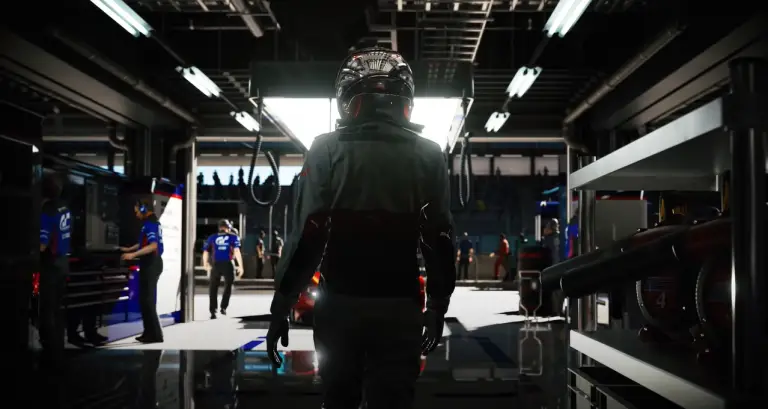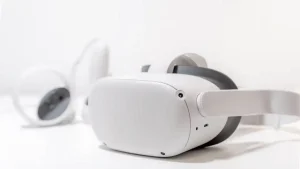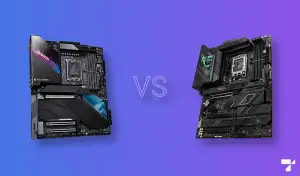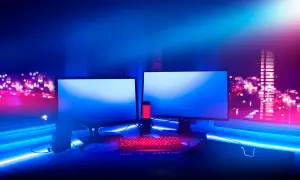One of the hottest terms in next-gen gaming isn’t 8K resolution.
No, it’s ray tracing.
PS5 ray tracing and Xbox Series X ray tracing are features being heavily marketed by Sony and Microsoft, respectively, which is quite surprising since most gamers don’t even know what it means or how important it is.
What is Ray Tracing on the PS5?
Real-time ray tracing, otherwise known as just ray tracing, is considered the “future” of gaming.
Formerly, this technology was exclusive to films, specifically, in Hollywood, where filmmakers have used it to produce realistic computer-generated imagery (CGI) or blend such CGI with live-action footage.
Now, what does this mean for the PlayStation 5?
Previously, video games used a process known as “rasterization” to generate photorealistic graphics. However, this process has limitations. In particular, when it comes to generating lighting elements, including but not limited to, reflections and shadows.
Although developers have devised numerous ways to work around this issue, the fact remains that it’s a legitimate concern, and it was only a matter of time before developers could no longer hack their way around this.
But, with ray tracing now having become a more feasible and affordable alternative, developers can now focus their efforts into splitting how video games are rendered between the traditional rasterization process and ray tracing, depending on which method suited a particular scene or scenario best.
How Will PS5 Ray Tracing Help Improve Graphics?
Ray tracing is a far more effective method of tracing how light interacts with 3D objects compared to rasterization.
These interactions can range from anything like where and when light refracts through an object, or what kind of surfaces the light source will bounce around in, or how it will reflect off other surfaces.
As a result, ray tracing leads to higher image quality, especially for lighting and shadows.
How Does Ray Tracing Work? What Makes It Different to Rasterization?
In a more simplistic sense, ray-tracing is rendering lighting into virtual environments in real-time.
The process involves tracking every which way a source of light can travel around any environment, hence, the name.
It’s similar to how our eyes work.
We see based on how light bounces off of other surfaces. This happens in real-time. However, in video games, which typically use rasterisation, rendering the 3D objects isn’t done in real-time. Rather, the rendering is done beforehand, which, has a couple of workarounds to make it more photorealistic, as mentioned earlier.
Still, at the end of the day, rasterisation simply just cannot compare to the results of ray-tracing.
Because of how it simulates light travel and its interaction with its environment, ray-tracing allows games to illuminate the environment in real-time. Basically, in a given scene, light rays can bounce all around instead of just coming from a pre-rendered source. This results in more realistic lighting and better graphics, as well as audio.
Animated movies, such as Pixar’s’ “Cars”, have benefited from ray-tracing, but it’s also true that very few games currently support the feature. It also doesn’t help that ray-tracing-capable hardware is equally limited. However, there’s no denying just how much better-looking games such as Metro Exodus are because of this feature.
Conclusion
PS5 ray tracing will allow future games to render light in real-time. Because of this, gaming environments should look more realistic on Sony’s next-generation console. But, that’s not all. As lead PlayStation console architect Mark Cerny puts it, ray tracing can help improve audio performance just as well.
Of course, at this point, all we can do is to speculate.
We still don’t know just how Sony intends to use ray tracing on the PlayStation 5. Although it is true that the console will reportedly support it, we still have no idea how. Not to mention, there’s no precedent yet.
Keep in mind, the RDNA 2 architecture will be the first time that AMD will be supporting ray-tracing.
Because of how much power ray tracing requires to work, we’re curious to see just how exactly Sony manages to pull it off.
Whether they’ll resort to using tricks or use actual and true ray racing is something that we’ll find out soon enough once the PlayStation 5 hits store shelves sometime later this Holiday 2020.



